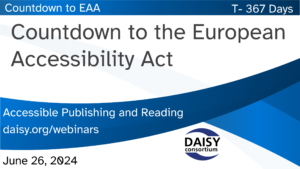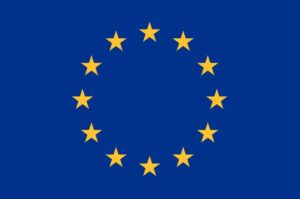In our series of EAA monthly webinars August 28th saw a session that explored the diverse range of tests and…
Meet Helary, Menna, and Nourhan: students at Cairo University’s Foreign Languages and Translation program, Spanish department. Together this group, united…
In our new series of EAA monthly webinars July 24th saw a session focused on the complexities of reworking existing materials…
In our new series of EAA monthly webinars, June 26th saw an overview session of the European Accessibility Act, kick starting…
The DAISY Music Braille Project identified the need to develop and promote a ‘born-accessible’ agenda in the mainstream music publishing…
The European Accessibility Act comes into effect in June 2025, bringing with it a diverse range of requirements designed to…
With a little over 12 months to go until the European Accessibility Act comes into force we are excited to…
Artificial Intelligence is currently a hot topic, appearing regularly in the news and often with the promise of changing the…
Instructor led online training for creating accessible documents by the DAISY Consortium Duration: 3 weeks | Language: English This…
The DAISY Consortium is delighted to once again support the CSUN Assistive Technology Conference by creating accessible digital versions of the conference materials,…










